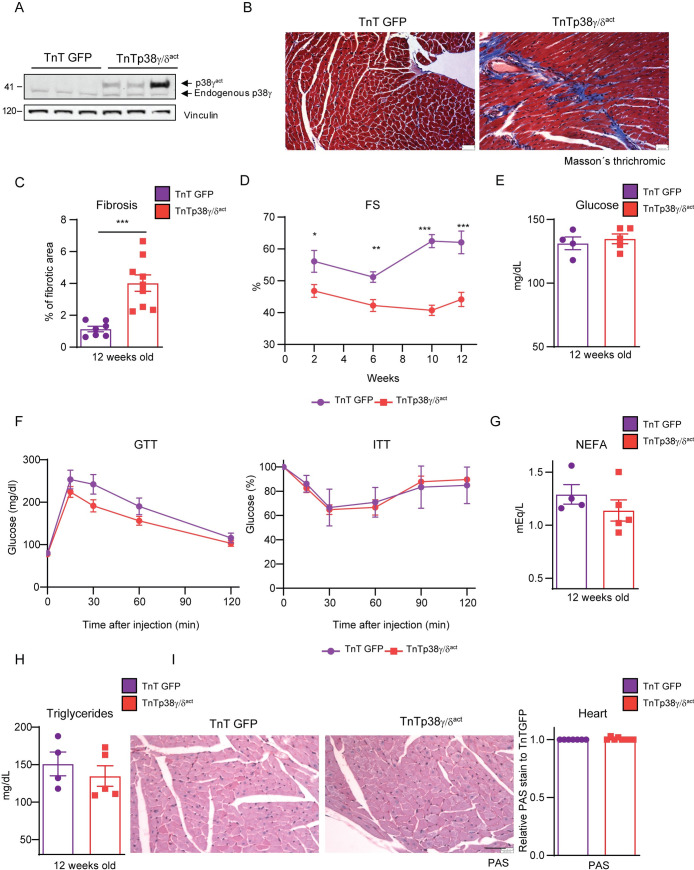Fig 5. Postnatal cardiac-specific p38γ/δact overexpression leads to heart defects that persist throughout life with no metabolic consequences in adulthood.
Mice were IV injected at PD1 with AAV-cTnT-GFP-Luc (TnTGFP) or AAV-cTnT-p38γ/δact (TnTp38γ/δact), analyzed for phenotype progression over 12 weeks, and then killed. (A) Immunoblot analysis of exogenous active (p38γact) and endogenous p38γ in hearts extracts of 12-week-old mice. (B, C) Masson’s trichrome staining in heart sections from 12-weeks-old mice (B), and quantification (C). Scale bar: 200 μm. (D) Left ventricular FS progression from weeks 2 to 12. (E) Plasma glucose. (F) GTT and ITT. (G) Plasma NEFA. (H) Plasma triglycerides. (I) Representative PAS staining of heart sections with its respective quantification relative to TnTGFP mice. Scale bar: 200 μm. Data are mean ± SEM (n = 4–8). *p < 0.05; **p < 0.01; ***p < 0.001 by two-way ANOVA coupled to Tukey posttest or Student t test. Raw data are given in S14 Fig. FS, fractional shortening; GTT, glucose tolerance test; ITT, insulin tolerance test; NEFA, non-esterified fatty acid; PAS, periodic acid–Schiff.

